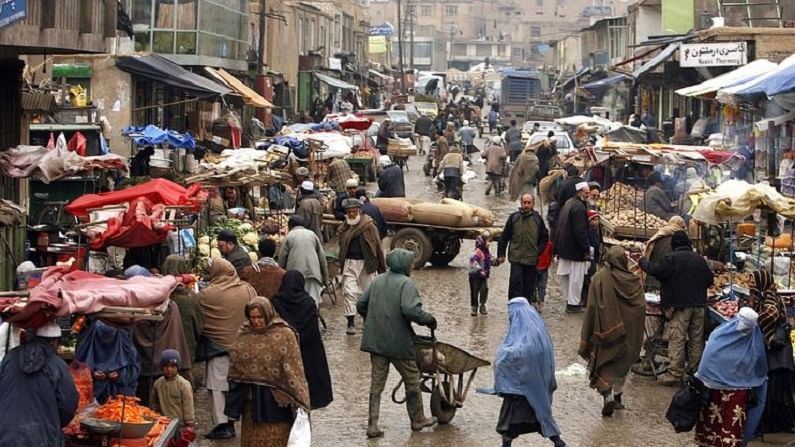Will India's $3 billion investment in Afghanistan go up in smoke?
India has invested considerably in building roads, dams, hospitals and schools. The fate of these investments is uncertain as of now.

The sudden developments in the last few days in Afghanistan has shocked the world. With Kabul meekly surrendering to the Taliban much sooner than expected, strategic experts, policymakers and business leaders in the region fear the worst for their investments made in the strife-torn country.
China in all likelihood will make deep inroads into Afghanistan and exploit the country’s commercial and economic assets. Russia, Iran and Pakistan also have their eyes set on reaping the benefits of US withdrawal from Afghanistan.
India, which has a $3 billion stake there, has its fingers crossed.
What is at risk
India has invested considerably in building roads, dams, electricity transmission lines and substations, schools and hospitals. India’s development assistance to Afghanistan is pegged at $3 billion and its fate is now uncertain, according to a report in The Indian Express.
In 2015, India built the Afghanistan Parliament, situated in Kabul, at a cost of $90 million. It may be recalled that Prime Minister Narendra Modi had inaugurated the building.
Salma Dam in western Afghanistan and the Delaram-Zaranj highway are two other noteworthy Indian projects in the war-ravaged country. The 218 km long highway ($150 million investment) built by the Border Roads Organisation is of immense significance as it provides access to Iran’s Chahabar port.
No part of Afghanistan was untouched by projects undertaken by India, external affairs minister S Jaishankar had said last year. Indian projects number around 400 in 34 Afghanistan provinces.
Afghanistan’s telecom network was restored by India besides building solar panels.
India’s exports of pharmaceuticals, medical equipment, computers and related materials, cement and sugar—worth around $900 million– could be another casualty as India’s relation with the Taliban is not on the best of terms.
Also at risk is India’s commitment of $1 million for the restoration of the 6th century Bala Hissar Fort by Aga Khan Trust.